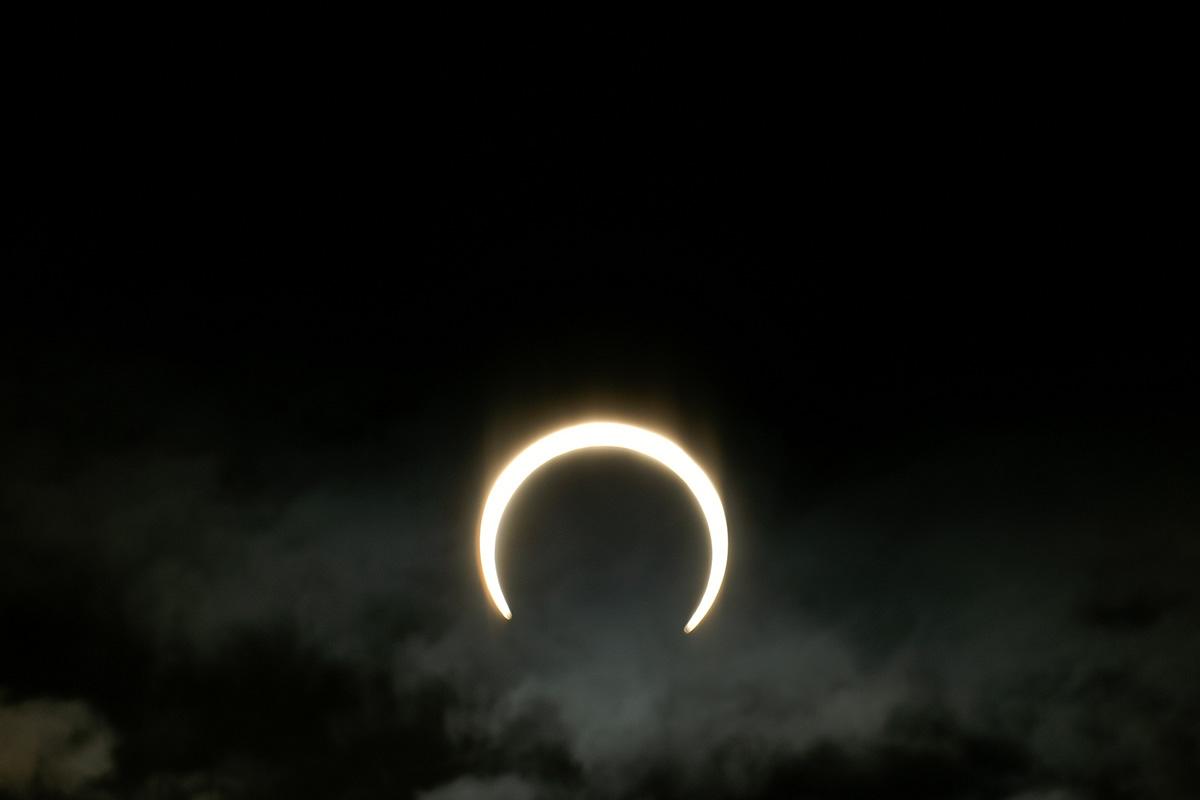A long time ago, before NASA and Google teamed up to create interactive maps of forthcoming solar eclipses, or before we ever sought celestial advice from GeekDad.com, our human ancestors would look up at the darkening sky and exclaim something like, “what the heck?”
A total solar eclipse is amazing. I’ve seen only one before—on August 11, 1999, in eastern Bulgaria, not far from where I was living at the time—but am planning to be in South Carolina, within the path of totality, on August 21, 2017.
Not that I’m one of those “eclipse chasers,” recently profiled by WAMU 88.5, for whom “following the moon’s shadow is an addiction,” but I would like to see more of what NASA astronomer Michelle Thaller vividly described to WAMU: “The sky starts to get cool and dark, a couple minutes before totality. And all of your instincts, all of a sudden, start to freak out. Something’s going wrong. . . . There’s this deep basic panic that sets in as the whole world changes in a way it’s not supposed to. All of a sudden it feels like you’re standing on another planet.”
As a folklorist, what especially intrigues me are the folk beliefs shared and the stories told across world cultures to explain this astronomical phenomenon.
According to the Motif-Index of Folk Literature, a magisterial six-volume compilation of myths, legends and folktales collected by folklorists in the early 20th century, these may include a monster devouring the sun, a punishment from the gods for human errors, and a prelude to apocalypse.
Several entries from the late 1940s feature stories about eclipses from Native tribes in South America. For instance, according to the Chiqutoan Manasi people of eastern Bolivia, “The sun was a resplendent man and the moon was his sister. Eclipses were caused by celestial serpents which attacked these luminaries, threatening mankind with darkness. This catastrophe was to be followed by the transformation of men into hairy animals and by their mutual extermination.”
Among the Apapocúva-Guaraní people of eastern Paraguay and northern Brazil, “Eclipses are caused by the Eternal Bat, or in some cases the Celestial Jaguar, which gnaws the Sun or the Moon. The Apapocúva have a very pessimistic outlook on the future of the world; they are firmly convinced that its end is near. Very soon Our Great Father will set the earth on fire, unleashing the Eternal Bat and the Blue Jaguar which will destroy the stars and mankind.”
Similar feelings of foreboding are expressed in Armenian folklore, according to a seven-volume study, The Mythology of All Races, also cited in the Motif-Index. “As among many other peoples, the eclipse of the sun and moon was thought to be caused by dragons which endeavor to swallow these luminaries. . . . When the moon was at an eclipse, the sorcerers said that it resembled a demon. It was, moreover, a popular belief that a sorcerer could bind the sun and moon in their course, or deprive them of their light. . . . Needless to add that the eclipses and the appearance of comets foreboded evil. Their chronologies are full of notices of such astronomical phenomena that presaged great national and universal disasters.”
Indeed such “universal disasters” associated with eclipses are also part of The Legends of the Jews, a seven-volume collection by Rabbi Louis Ginzberg, published over the period from 1909 to 1942. These legends explicitly link solar eclipses to the expulsion of Adam and Eve from the Garden of Eden and also to the crucifixion of Jesus. As explained by Dov Neuman in his analysis of this folk literature, the sun is eclipsed “because it cannot stand tragic happenings in world history.”
For those of us within the path of totality on August 21, it may indeed appear as if a dragon or serpent is swallowing the sun. When day becomes night and temperatures suddenly drop, it may feel as if the end is near. Like our ancient ancestors, we can only hope that the sun will return to shine after a period of total darkness lasting no more than 2 minutes, 41.6 seconds (if you’re near Carbondale, Illinois). And if that’s the case, eclipse chasers in the United States can look forward to more in our future: 2024, 2044, 2045 and 2078. What the heck!
A version of this article was originally published in the online magazine of the Smithsonian Center for Folklife and Cultural Heritage.
